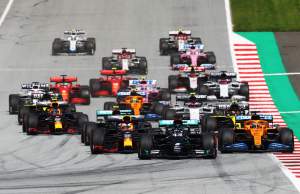‘Ruined after season one’ – Is Verstappen’s Netflix ire fair?
The public release of season four of Formula 1’s Netflix docuseries Drive to Survive has coincided with a stinging reminder that the world champion does not approve of the show. But does he have a point with its latest season? Our writers give their verdict

The public release of season four of Formula 1’s Netflix docuseries Drive to Survive has coincided with a stinging reminder that the world champion does not approve of the show.
Drive to Survive has been a hit since it first appeared in 2019, recounting the 2018 season, but Red Bull driver Max Verstappen has since expressed his disapproval of the exaggerated storylines it has adopted.
The fourth season of the docuseries, covering Verstappen’s title win among other aspects of the 2021 campaign, was released on Friday.
Ahead of that, Verstappen made it clear he would not consider changing his stance.
“I won’t change my mind,” he said. “I think that was already ruined after season one.
“I’m quite a down to earth guy. I just want it to be facts, just don’t hype it up.
“I understand of course it needs to be like that for Netflix – people like that. That’s what every series on there [does] as well, or documentary or whatever you call it, it’s just not my thing.
“I’ll probably watch it and see how nicely over-the-top it is and then just continue with my life and I’ll probably watch some other documentaries on Netflix.”
But is that position fair? Our writers, as well as some from our sister site WTF1 give their verdict.
WHY WHAT VERSTAPPEN SAYS MATTERS
Scott Mitchell
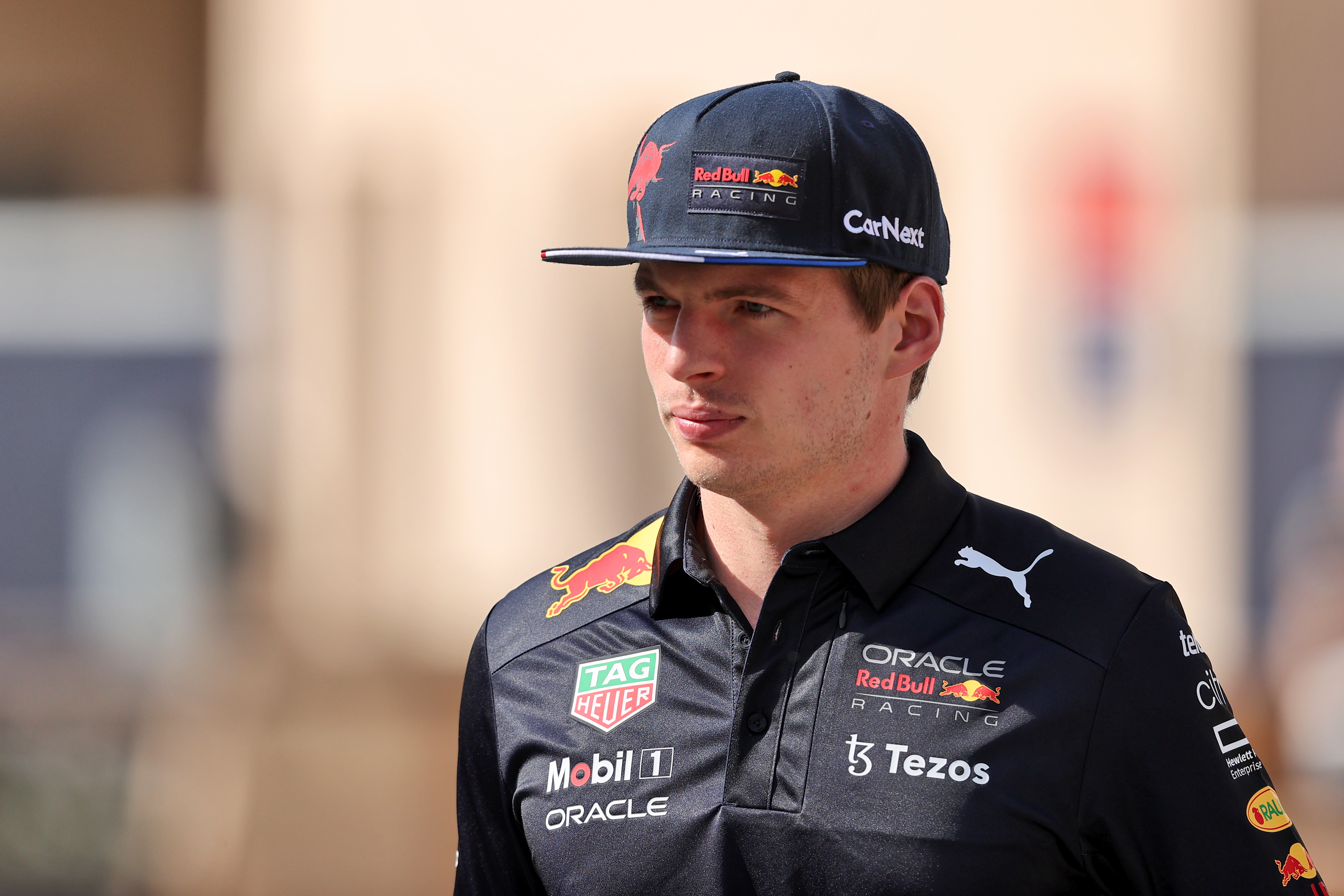
Verstappen’s views are perhaps more blunt than what you’ll hear from other figures in F1 but his basic position is not uncommon.
There is a broad acceptance that what Drive to Survive has done for the championship is immensely positive.
However, that does not mean the methods have universal approval.
Verstappen’s ire is about the pumped-up ‘rivalries’ and disputes, which McLaren seem to be particularly vulnerable to.
First there was the non-existence beef between Lando Norris and Carlso Sainz in 2020, and then scrutiny of the Norris-Daniel Ricciardo dynamic in 2021 even though Ricciardo’s struggles were compounded by an issue with his team-mate’s superiority – not specifically his team-mate.
Then there’s oddities like the bizarre and unjustifiable editing choices, where drivers in pressure situations seem to go through the same corner umpteen times…
These are frustrating because they are unnecessary. When there is so much to dig into, and Netflix gets a colossally revealing amount of access, it feels cheap.
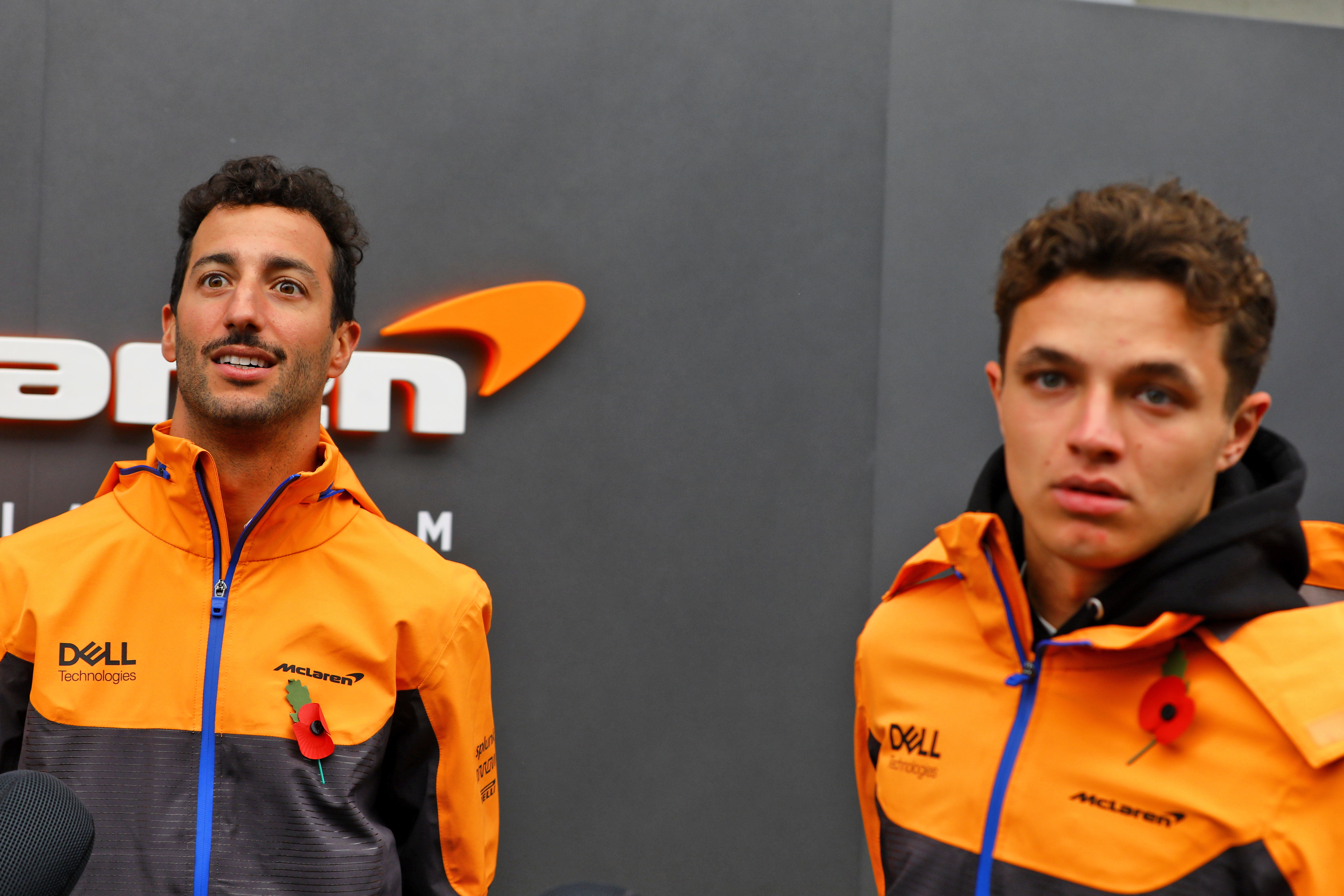
Picking on these things isn’t about being precious or protecting the purity of F1.
It’s just expecting things not to be fabricated for the sake of it. If you stripped those things out of Drive to Survive the casual fan should lose nothing.
Because if that’s what F1 is dependent on to be appealing to the masses, something’s wrong.
Let the fans in properly
Hannah Prydderch
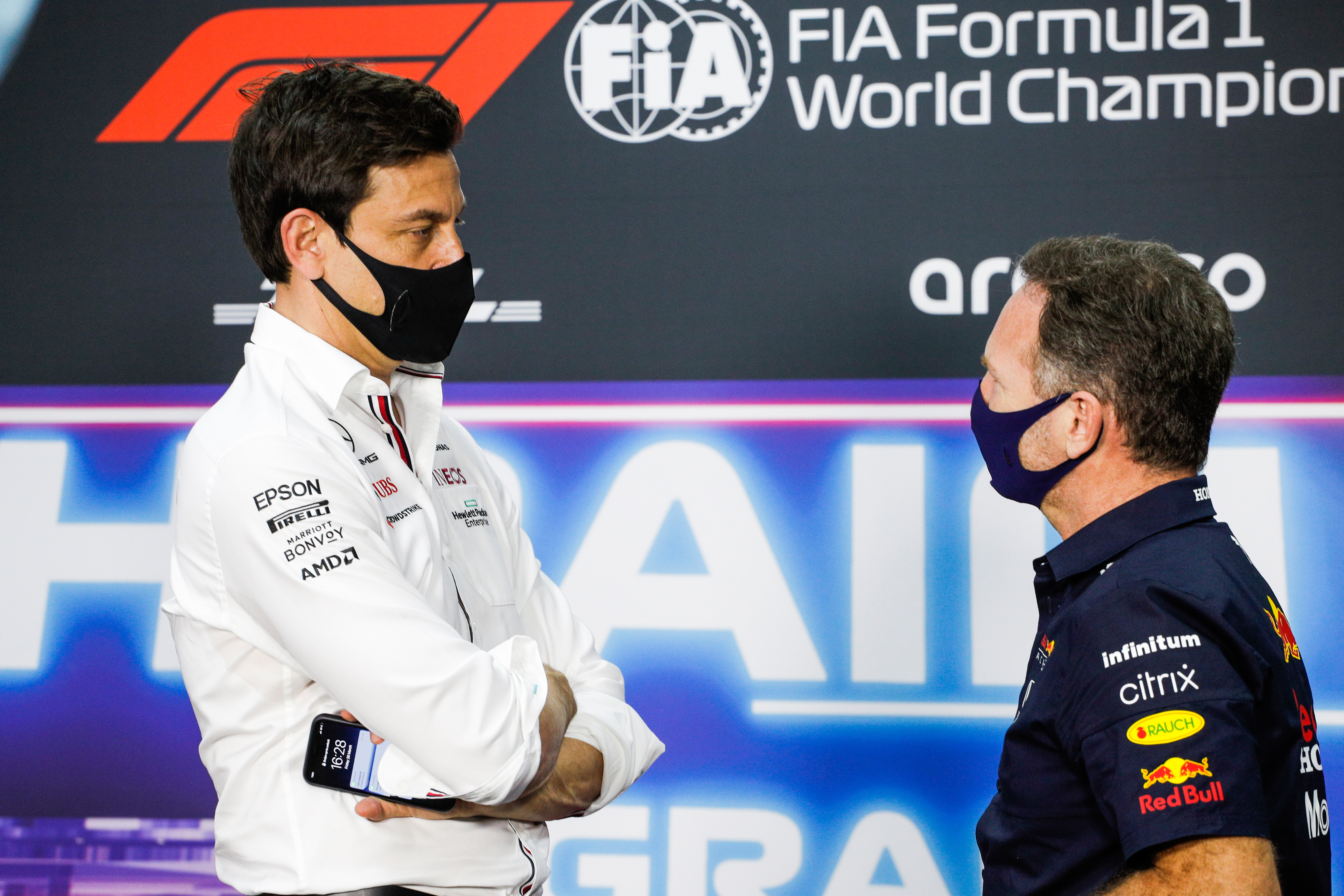
Drive To Survive’s whole premise is to give fans an intimate, behind the scenes look at all the drama in F1 on and off the track. Back in its first season, you could understand why Mercedes and Ferrari didn’t get involved.
However, we’re four seasons in now and there’s such a stark contrast between how the teams approach the series. We’ve just had the greatest championship fight in decades and the eventual champion is nowhere to be seen. Instead, it feels more like the Christian Horner and Toto Wolff show, rather than Max Verstappen vs Lewis Hamilton.
Sometimes the most relatable moments are the most simple, such as the Ferrari duo being nosey about Norris’ new contract.
Haas stands out amongst its rivals for its openness, one moment I’m laughing at Mick Schumacher and Guenther Steiner attempting to advertise random products; next minute, the team principal’s remarking “that’s why people hate you” after Nikita Mazepin’s latest radio outburst, while Dmitry Mazepin threatens to pull funding unless the team swaps his son’s car.
The McLaren episodes were particularly revealing, showing the emotional toll Ricciardo’s early-season struggles had on him, but they still managed to undersell key events like the Monza 1-2 and Norris’ growing confidence.
The pressure the young Brit puts on himself had the potential to be an eye-opening look into the impact of mental health on the drivers, but instead, it was wasted on a manufactured rivalry with his team-mate.
Beginning Episode 6 with Claire Williams getting choked up talking about Williams’ history pulled at my heartstrings. However, from there, the emotional investment vanishes as many of the important conversations are relegated to behind closed doors.
Yuki Tsunoda’s blunt honesty is bread and butter Drive To Survive content with time and effort paid to his narrative, even though he’s a little bit too open on occasions and someone really needs to tell him to tidy his room. Conversely, Esteban Ocon’s parts in that same episode feel like an afterthought following his surprise victory in Hungary.
If F1 is serious about continuing Drive To Survive, teams and drivers must actively engage with it and access can’t vary between them. It’s no use creating a half-arsed show for the amount of investment and hype put into it.
At the end of the day, if you’re going to do something, do it properly.
Drive To Survive has lost its magic
Josh Suttill
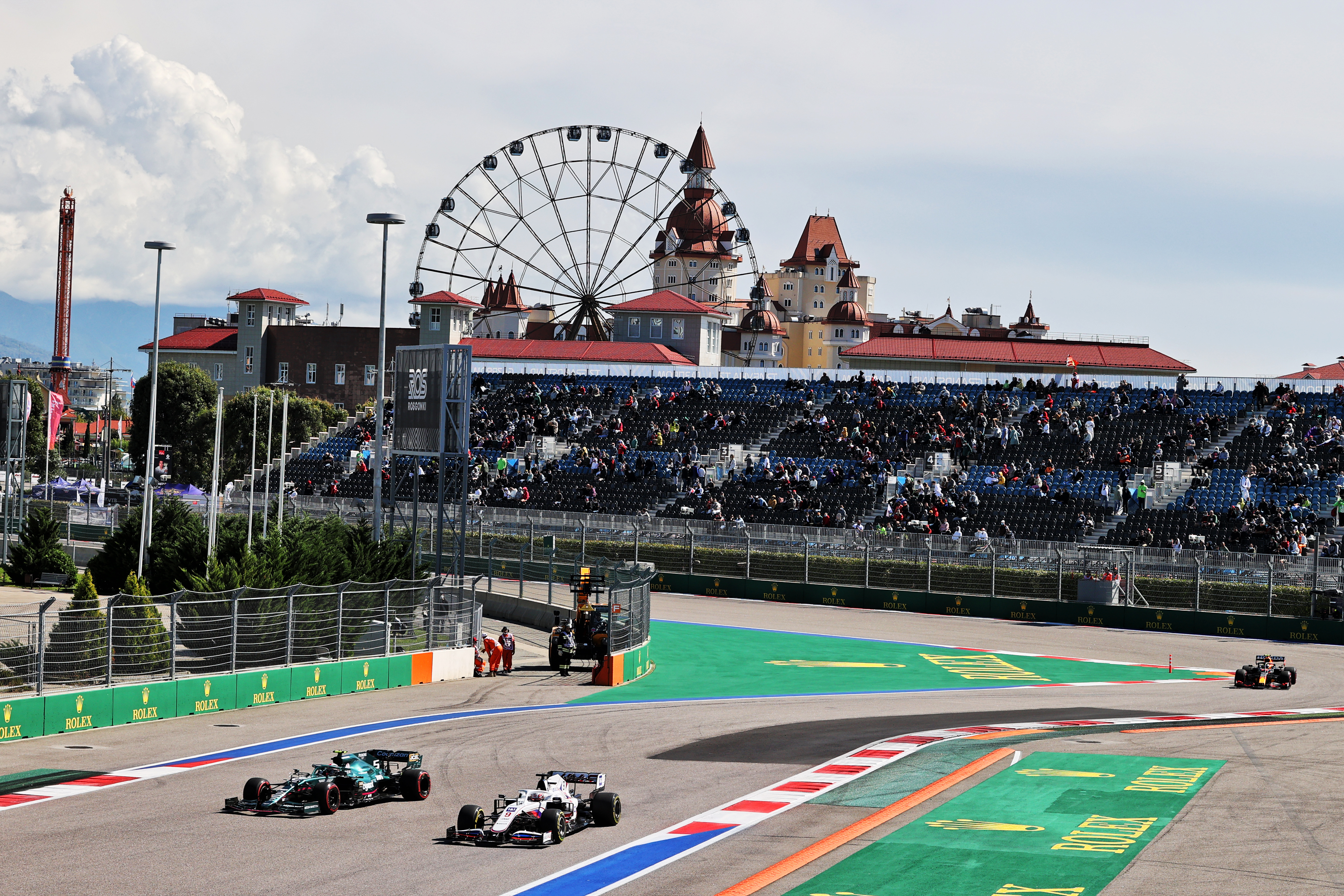
This year’s Drive To Survive had better source material than the past three seasons, but for me, series four falls the flattest.
Whether it’s the puzzling repetition of the same small group of races or the manufactured highs to complete DTS’s bizarre comeback narrative for Mazepin on his home soil or the horrendously out-of-sequence nature of George Russell’s sensational Spa qualifying lap, I couldn’t help but be disappointed by DTS’s latest offering.
When it debuted in 2018 it was far from perfect but it provided a fresh and original take on F1, unearthing behind the scenes gems that couldn’t be found anywhere else.
But now the paddock is far too self-aware or wary of its over-dramatic style. There’s either those such as Verstappen who choose not to participate or those who use it as a PR tool with painfully obviously staged behind the scenes content.
Particularly during the title fight scenes, much of that content is the same lines – often word for word – that was repeated in countless press conferences or TV interviews. Many of the key flashpoints of the title fight are either omitted or are skipped over so quickly that the raw drama is lost.
It results in a product that in many ways is less entertaining and less informative than simply watching the race highlights back-to-back.
Drive To Survive needs a fresh approach to the 2022 F1 season or its stagnation and decline in quality will simply continue.
The ‘funky’ format has been pushed too far
Katy Fairman
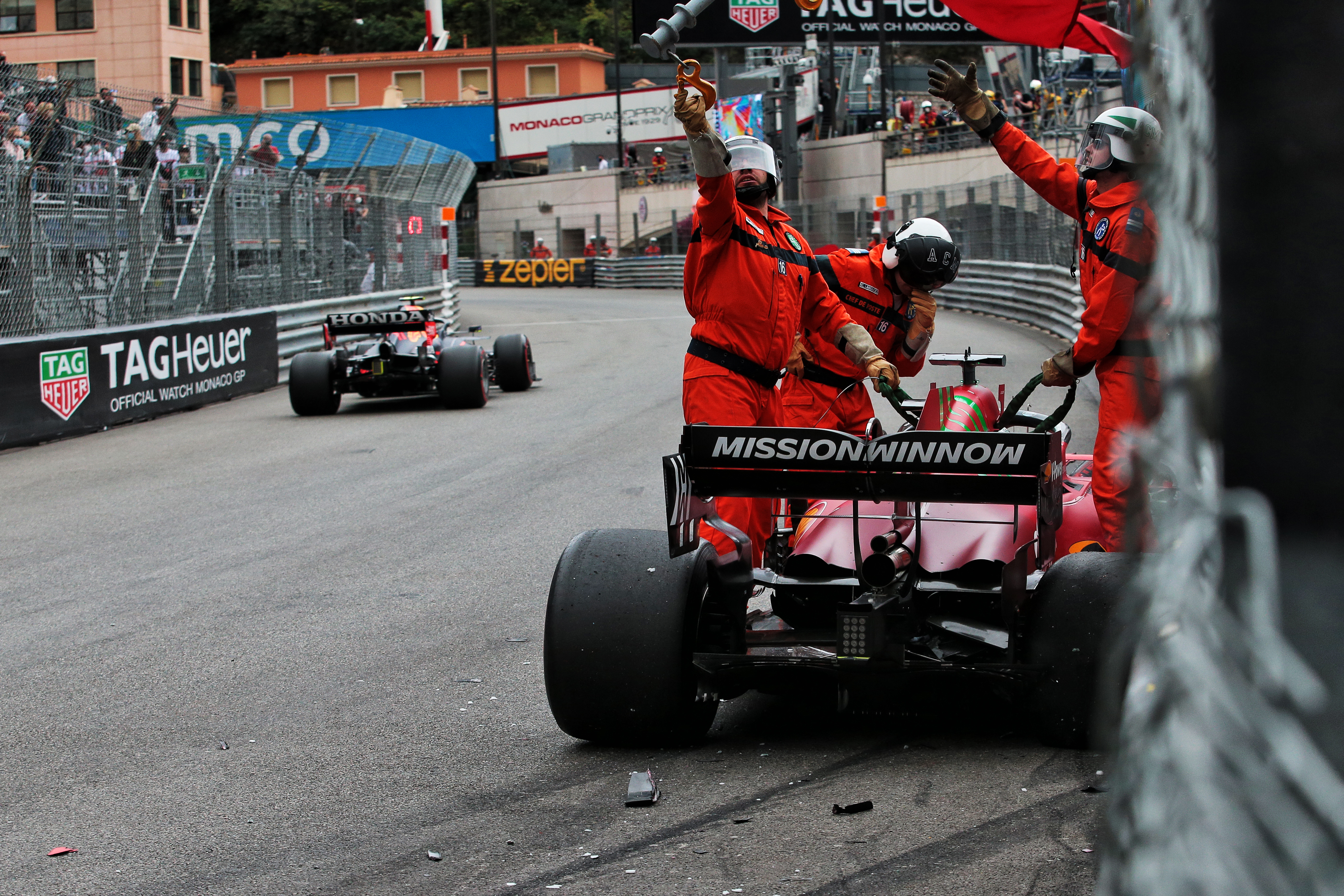
Drive to Survive has always been a little bit funky in the way it orders events. Although in previous seasons storylines have begun to develop during pre-season testing or at the first race in Australia, we don’t often get a step by step walkthrough of the F1 calendar.
To be honest, at first I found the narrative refreshing and could see why new fans to F1 liked it – cut out the waffle and get straight to the points that matter.
However, in this new season of Drive To Survive, Netflix have not only shaken up the order in which the races on the calendar appear but also the weekend format itself.
The perfect example is the Monaco Grand Prix.
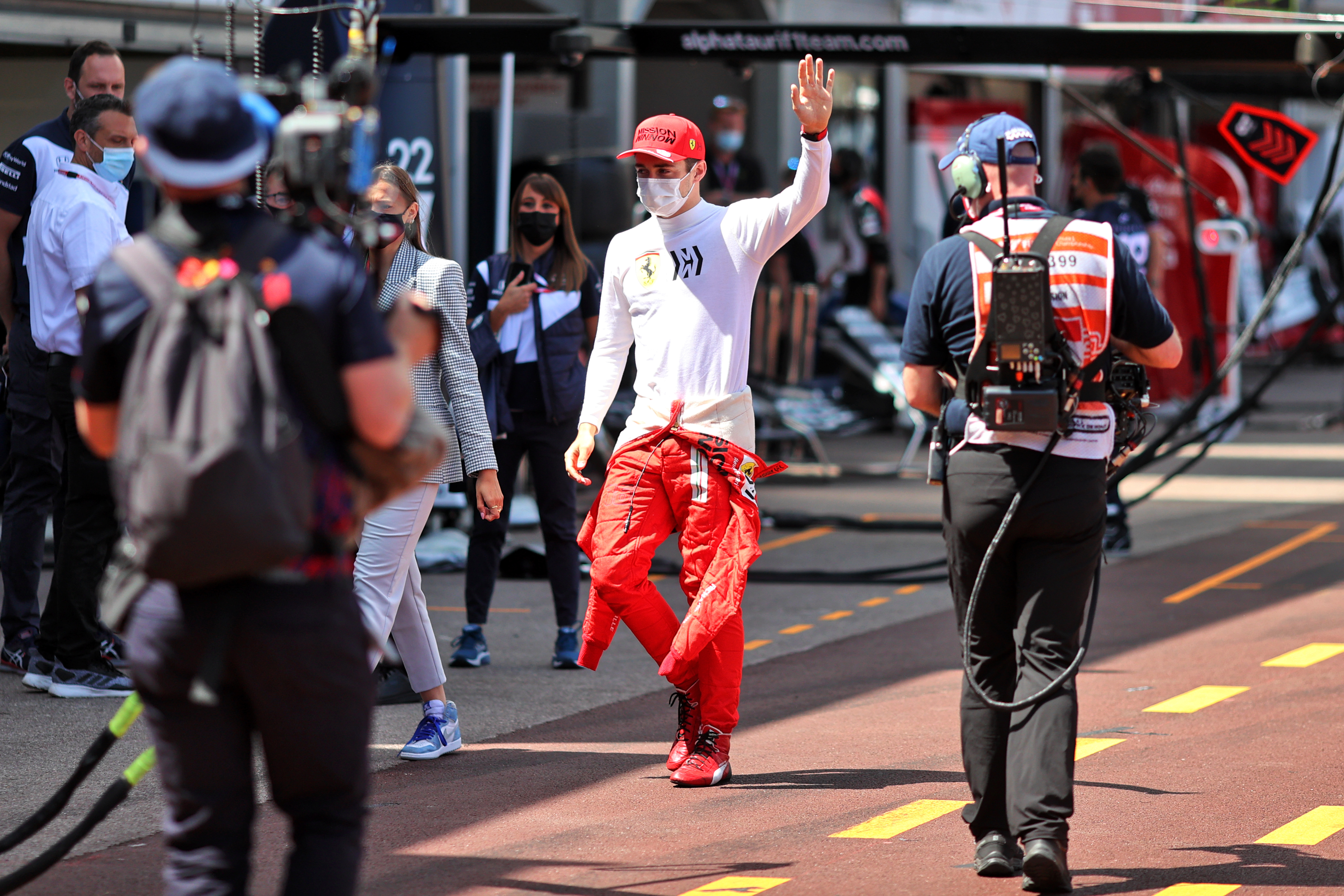
In the second episode, we see Charles Leclerc heading to the grid ahead of Sunday’s race. We are told he is on pole at his home race, before team radio tells us that something is seriously wrong with the car’s gearbox. This is followed by a shot of him driving back into the pit lane and being retired from the race he should have started on pole from. It seemed like terrible luck, but no explanation is given.
That is until the next episode when we revisit Monaco, but this time we are focused on qualifying day. Now, with the added context of the Lewis Hamilton and Max Verstappen championship battle, the intense nature and importance of quali around the principality is covered.
However, any kind of suspense around who will get pole has been dampened because we already know Leclerc achieved it. We have literally just been told this information the episode before.
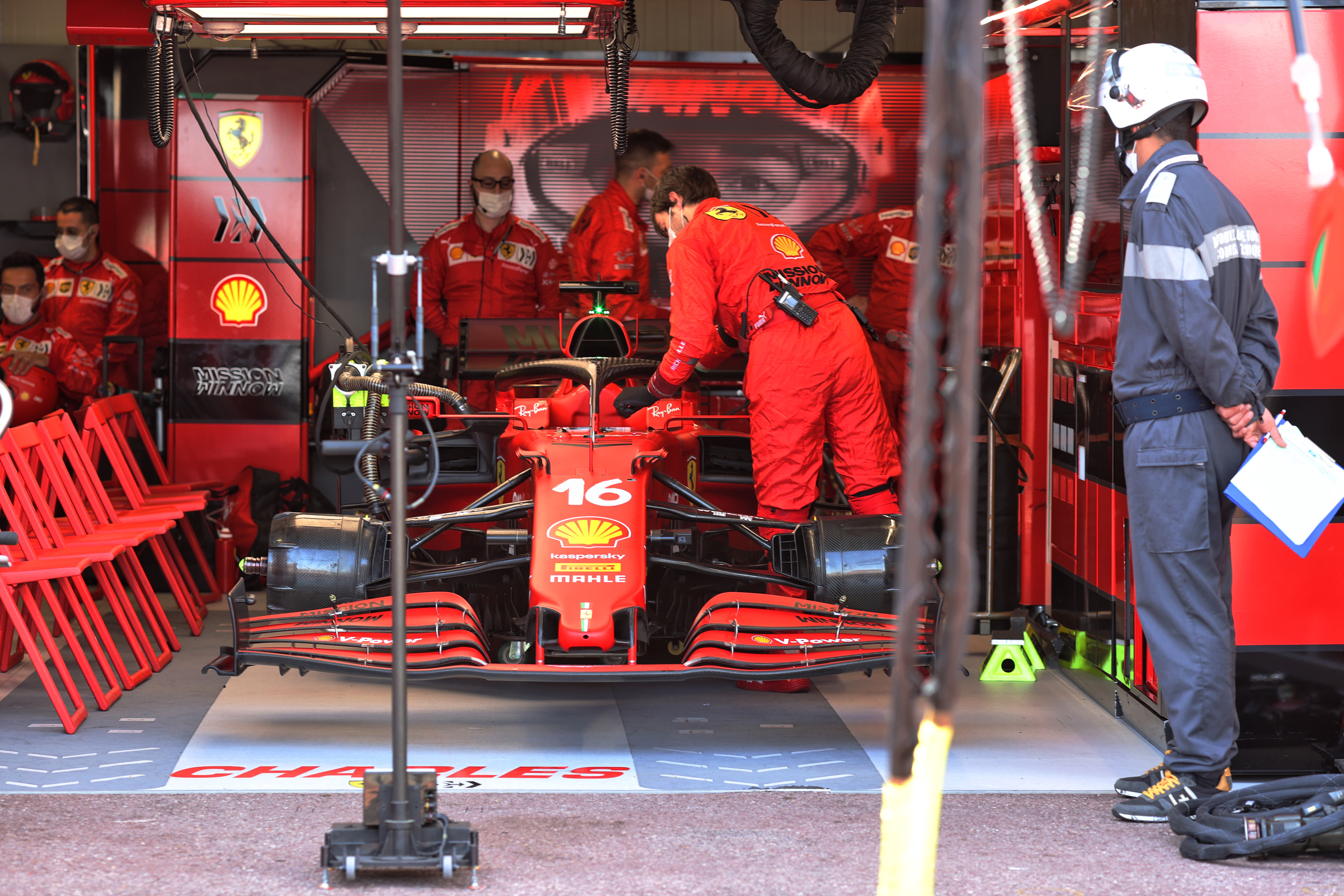
Perhaps if you’re a new F1 fan, and with Netflix neglecting to mention previously that the gearbox issue that impacted the Leclerc was as a result of his own mistake, the events on exactly how the Ferrari driver secured his pole position might come as a shock.
Regardless of how many onboards with Verstappen we watch, or radio clips we hear between Max and his racing engineer on him setting purple sectors, it’s evident that he doesn’t get pole on the Saturday.
With it being such a dramatic curse continuing for Leclerc, having never scored a point at his home race and then coming tantalisingly close, you’d think Netflix would lap up the narrative and not spoil it themselves!
